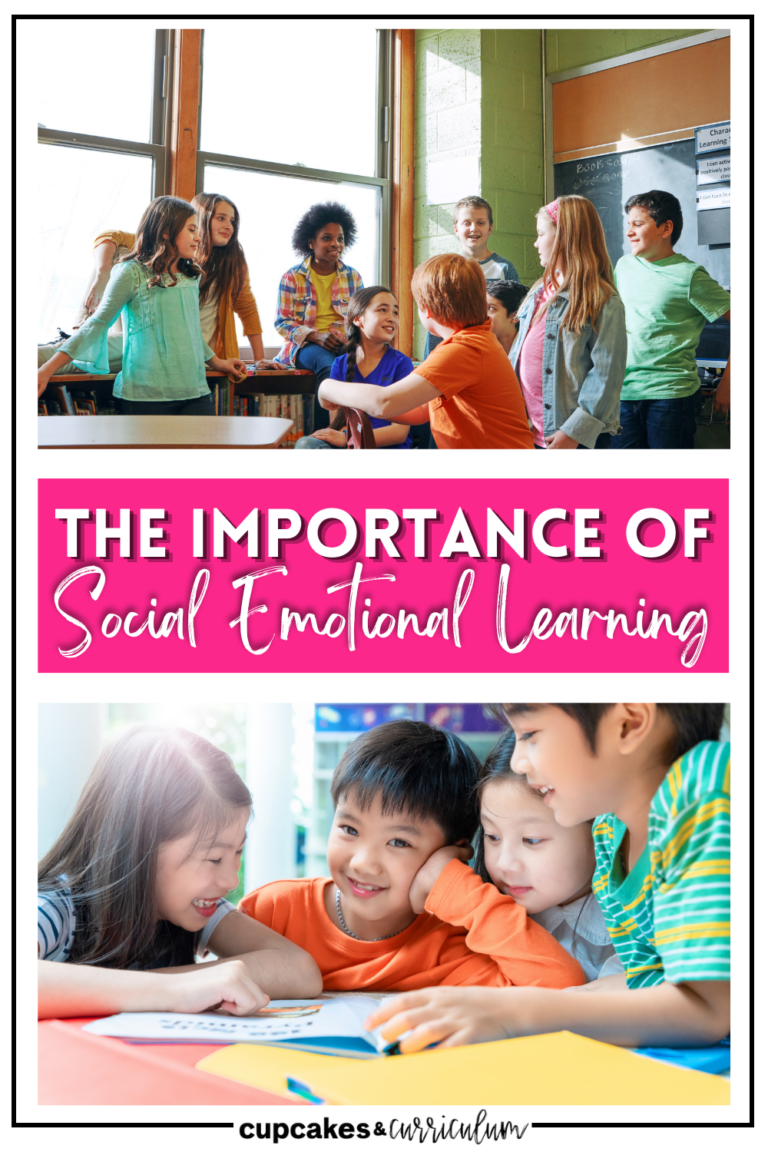
 Teachers can often feel like referees. While that could be one of our many titles, we have other important things to focus on… you know… our students’ learning being at the top of that list.
Teachers can often feel like referees. While that could be one of our many titles, we have other important things to focus on… you know… our students’ learning being at the top of that list.
Blame shifting is defined as someone putting the fault on someone else and not taking responsibility for their part in a given situation.
Leslie kicks Dennis. Dennis runs to you complaining that Leslie kicked him. Leslie shifts the blame back to Dennis saying that he kicked her first. Then, Dennis shifts the blame back to Leslie because she called him a name. Both kids are trying to justify their own behavior!
If Leslie and Dennis would have taken responsibility for their own actions, you would have been completely left out of this example.
More than ever, our students are coming to us needing to be educated on social skills and character education. If we don’t take the time to address things like blame shifting, we are setting ourselves up to lose instructional time while we deal with social issues like the example above.
First and foremost, lead by example.
We ALL shift blame. Why did I get a speeding ticket? It was someone else’s fault for making me late so I was in a hurry to get where I was headed. Why did my observation lesson completely flop? Well the kids had just gotten back from recess so they were all wired, of course. SEE?
As a role model for our students, we have to do the best we can – bite your tongue, and take responsibility. Model this behavior for your students so that they have an example of someone they look up to owning their decisions and dealing with the consequences.
Hold each student responsible for their own actions.
Avoid being the referee – you don’t need to get to the bottom of who started what to decide what consequences to enforce. Each student will be held responsible for their own actions, period. Letting the kids justify their actions to you not only starts a “he said/she said” battle, but you lose even more instructional time!
Be clear and consistent.
Make sure that you have a set of clear expectations with corresponding consequences, and as tough as it can be… don’t make exceptions. Always follow through on consequences – positive and negative! Your students will be less likely to even attempt to place the blame on anyone else if they know you won’t be the ref and that they will have to face the consequences that align with their choices.
If you are looking for some explicit lessons, anchor charts, discussion prompts, and more to help get rid of the blame shifting in your classroom, check out this week-long unit that takes only 15 minutes per day —
What other social skills are you finding that your students need to improve upon? Leave a comment below, and I’d love to add it to my year-long character education and social skills curriculum!
